Beautiful Sights at PCWD
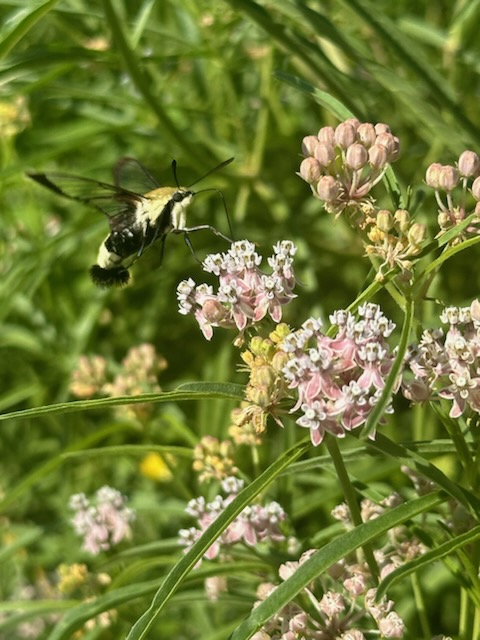
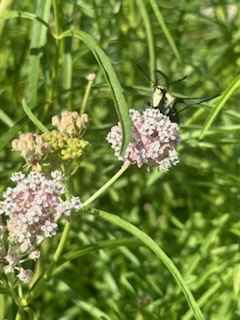
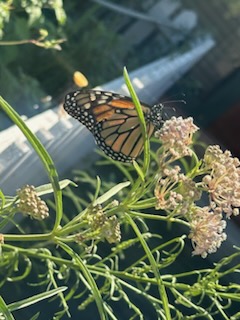
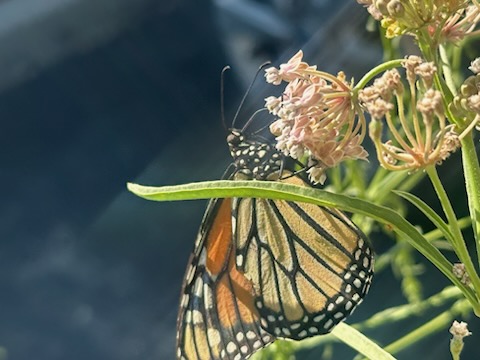
Around the District
Archive for Around the District




As we all head outside to enjoy the sunshine and warm weather this summer, the American Red Cross offers 20 steps you can follow to help keep you safe.
Do your plans include a road trip?
With more people on the roads, it’s important to drive safely.
1. Be well rested and alert, use your seat belts, observe speed limits and follow the rules of the road.
2. If you plan on drinking alcohol, designate a driver who won’t drink.
3. Avoid distractions such as cell phones.
4. Use caution in work zones. There are lots of construction projects underway.
5. Turn your headlights on as dusk approaches, or during inclement weather. Don’t overdrive your headlights.
Drowning can happen quickly and silently. Unless rescued, it could take as little as 20 to 60 seconds for a drowning person to submerge.
6. Prevent unsupervised access to water, provide constant, active adult supervision and know how to swim.
7. Swim in an area with lifeguards.
8. Designate a “water watcher” whose sole responsibility is to keep a close eye and constant attention on everyone in and around the water until the next water watcher takes over.
9. Don’t just pack it, wear your life jacket — always on a boat and if you are in a situation beyond your skill level.
10. Reach or throw, don’t go! In the event of an emergency, reach or throw an object to the person in trouble and tell them to grab on to it. Don’t go in! You could become a victim yourself.
Summer is a great time for a picnic. But be careful grilling, which causes 10,000 home fires every year.
11. Wash your hands, utensils and workstation before preparing the food.
12. Separate uncooked meats, poultry and seafood from ready-to-eat foods like salads, fruits, vegetables, cheeses and desserts. Use separate plates and utensils to prevent cross-contamination.
13. Always supervise a barbecue grill when in use and never grill indoors. Keep the grill out in the open, away from the house, deck, tree branches or anything that could catch fire.
14. Make sure everyone, including pets, stays away from the grill.
15. Don’t leave food out in the hot sun. Keep perishable foods in a cooler with plenty of ice or freezer gel packs.
Camping is one of the most popular outdoor recreational activities in the U.S. But being prepared for emergencies is critical when you’re headed to an area with limited access to phone services and help.
16. Know the level of ability of the people in your group and the environment around you. Plan accordingly.
17. Pack a first aid kit to handle insect stings, sprains, cuts and bruises and other injuries that could happen.
18. Sprains and falls are some of the most common misfortunes travelers may face. Dehydration is also a danger. Take a Red Cross first aid and CPR/AED course and download the free First Aid app so that you will know what to do in case help is delayed.
19. Share your travel plans and locations with a family member, neighbor or friend.
20. Bring nutritious food items and water, light-weight clothing to layer and supplies for any pets.
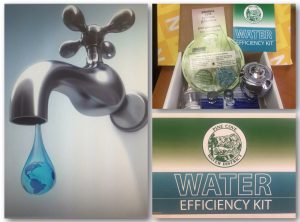
PCWD invites all residents to come by the office and pick up your free water efficiency kit!
Kit includes:
– Earth Massage 1.5 GPM Showerhead: Two-setting massage spray showerhead.
– Kitchen Swivel 1.5 GPM Aerator: Dual-spray functionality with wide-spray radius and water pausing on/off valve.
– (2) Bathroom Faucet 1.0 GPM Aerators: Half the flow, twice the power. Commercial grade aerators for the home.
– Toilet Water Saver (Fill Cycle Diverter): This patented water saver takes excess water from the bowl and diverts it to the tank to reduce water consumption. (This is NOT a flow restricting device.)
–Toilet Leak Detection Tablets: FDA-certified, non-toxic dye tablets used to detect leaks in toilets.
– Flow Meter Bag: Kit bag doubles as a flow meter to identify water wasters throughout the home.
– Water Conservation Wheel: Provides useful ways to conserve water around the house.
Stop by say hi, and get one of these for your mountain home.
If you have not yet established your vegetable plot, I recommend thinking about resilience from the outset. Think about weather conditions which may be experienced in our area. Plant for as much biodiversity as possible and make a climate-resilient garden through the plants you choose, and the ways in which you think about soil, water, and other factors.
Remember, growing in rows in a traditional vegetable garden is not the only option. Perennial planting schemes like forest gardens can make your garden far more resilient, whatever extreme weather conditions climate change will bring.
If you already have a vegetable plot and have been caught out by a heat wave, I suggest thinking about shade. Shade can reduce temperatures considerably. It can stop certain plants from bolting prematurely.
And, of course, shade can reduce water use. Typically, vegetable plots in temperate climate zones are positioned in full sun, or close to full sun. But when there is extreme heat, these spots can become scorching. So adding shade during the hottest periods could help.
Shade cloth is one simple option. But remember, you can use reclaimed, natural fabrics for a more eco-friendly solution.
Shading with other plants can also be beneficial. Think about using trees, shrubs, or even taller annual plants to provide shade for those other plants which need it. You might also place a trellis or other support structure with climbing plants that provide some shade. A good layout in a vegetable garden can make a big difference. In the northern hemisphere, remember that shade plants should be positioned to the south or west of other plants to provide shade during the hottest part of the day.
I advise making sure the soil is covered, either with mulch or living plants, to reduce water loss from the soil and reduce local soil temperatures. Remember, protecting your garden during a heat wave includes taking care of the soil and its complex web of life, not just your plants. And an area of bare soil will emit far more heat than a vegetated area.
The best time to think about irrigation and watering is obviously before extreme weather arrives. But you can still beat the heat in your garden if you think about these things once the hot weather arrives.
Obviously, during hot weather, watering needs will increase. So manual watering can be more of a challenge. If you do not already have sustainable watering systems such as drip irrigation, or clay pot, or water globe irrigation for a smaller space, now could be a good time to get them in place.
Consider adding automation to make it easier to make sure you meet the water needs of your plants. Though of course, you should also make sure you have a sustainable supply. And set up rainwater harvesting systems.
Choosing the right bed edging could also help you beat the heat. Materials with high thermal mass catch and store the sun’s heat energy during the day and release it slowly when temperatures fall. So they can help keep temperatures more stable in an area.
While particularly beneficial in a greenhouse or other undercover growing area, adding thermal mass may also be beneficial in other areas of your garden. Choose materials like stone, clay, earth, etc., and consider carefully how these can be used within your garden design. They can help beat the heat in summer and help with the cold temperatures in winter too.
While growing food and other resources in your garden is important, you might also like to consider how you can continue to enjoy outdoor living areas during a heat wave.
To make your garden a more pleasant place to spend time in summer, you might like to consider making sure that you have shaded seating areas—below trees, arbors, pergolas, or other structures clad with climbing plants, for example.
In high temperatures, making sure your garden has water available for wildlife is even more crucial than usual. And when you attract plenty of wildlife, your garden can be an even more pleasing place to spend some time.
In some gardens, taking a dip could be the perfect way to cool off on a hot day. A natural swimming pond or natural swimming pool could be the ideal eco-friendly solution.
And finally, when enjoying your garden, think about ways to make the most of your home-grown produce. For example, create some cooling cordials, smoothies, ice-creams, or ice lollies using the fruits and berries (and even vegetables and/or herbs) that you grow.
Our office will be closed tomorrow for Independence day. If you have a water emergency please call: (951) 294-8282.
The Idyllwild Rotary sponsored parade begins at 10:00am on Thursday, July 4th. Be sure to get there early and find a shady spot. Tons of local businesses are hosting small gathering events, so check it out while you are out and about. Join the community at the Butterfield Amphitheater for the first summer concert of the season featuring “The Diamonds.” If you would like to see fireworks you will have to venture off the hill, however. The Palm Desert Civic Center Park will be hosting fireworks beginning at 7:30pm. Nicolet Middle School in Banning will also be having a firework show and family fun beginning at 6pm, and Yucaipa High School will be having entertainment at 3pm and fireworks beginning at 9pm that same day.
Have a Safe Holiday and Happy Independence Day!!!!!

Is your home ready to tackle the soaring temperatures of summer? While you may be excited about relaxing poolside on sun-soaked afternoons, your living space might need a little tune-up to ensure you stay cool and comfortable when you head back inside. The key to a home that’s perfectly equipped to beat the heat? Don’t let rising summer temperatures take you by surprise. Instead, prepare like a pro! And you don’t have to be an HVAC expert or spend a ton of cash to get the job done. With a few simple, effective tips and tricks, you can easily transform your home into a sanctuary from the heat throughout the summer. From optimizing your air conditioning system for maximum comfort to quick and easy cooling hacks, here’s how to prepare your home to beat that summer sizzle
Have you moved recently?
Have you gotten a new PO Box?
Have you changed your phone number?
New email address?
When a situation arises, it is important to us that we can get a hold of you in a timely manner. Having to call multiple phone numbers that are disconnected or getting emails kicked back is not efficient and we really want to be as efficient as possible.
Please, please, please, make sure all of your information is updated in our system to avoid wasting time and materials.
Thanks much!
Have you come across a rattlesnake?
We have them all around, not just on hiking trails. They hide in rock formations and stacks of logs.
Although fatalities are rare from bites, they occur. We discovered an article that contained a lot of good advice of what to do and what not to do if you or someone you are with gets bitten.
The main things we’d like to share (because the article is lengthy) are:
* Notify local emergency staff
* If the snake is still in the vicinity, move carefully away to a safe location
* If you can do so safely, take a picture of the snake for identification
* Have the victim lie flat keeping the bite location even with the heart and rest – do not leave them alone
* Allow bite to bleed freely for about 30 seconds and then clean and disinfect the area.
* Wrap a bandage from an area just above the bite past the knee or elbow joint
* Remove all jewelry and tight-fitting clothing as the bitten appendage will swell
DO NOT:
* apply oral suction to the bite
* make any sort of incision
* apply ice, hot or cold packs
* take aspirin or use any medication
* eat or drink unless approved by a physician
Other tips
* Snakes are often heard before they are seen – once heard, freeze and assess the situation
* Establish a safe distance – good rule of thumb is to put at least 5 ft between yourself and the snake
* Move slowly back the way you came
* Wear sturdy leather boots that cover the ankles
* Watch where you place feet and hands at all times
* Be aware of your surroundings – DO NOT wear headphones or ear buds
* A coiled up snake is ready to attack!
Stay safe everyone!
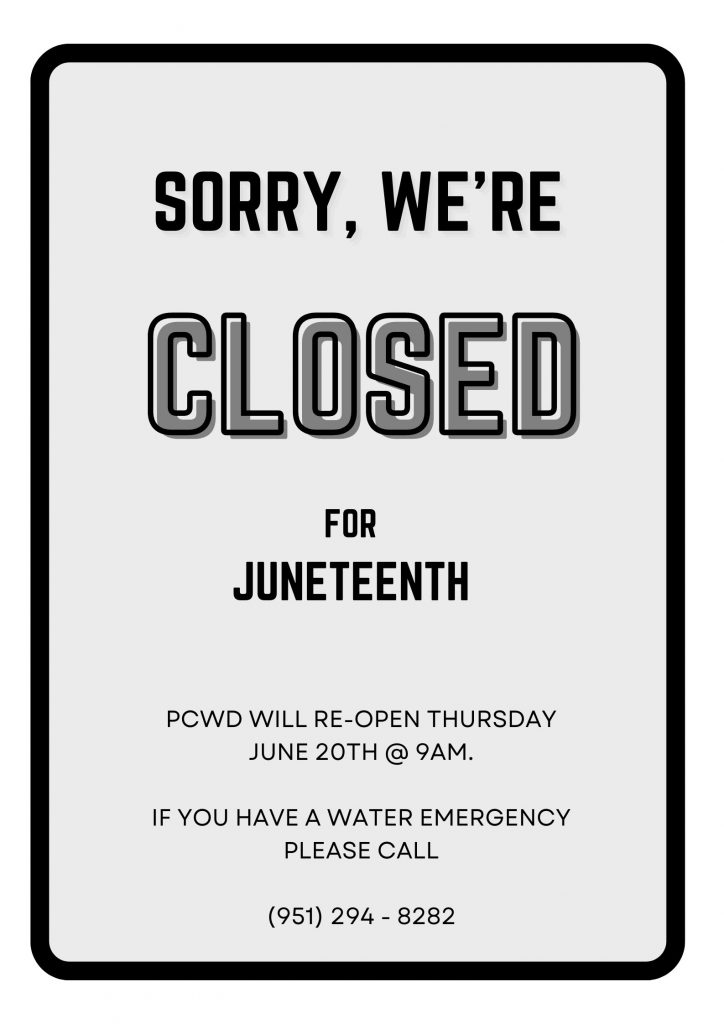
Pine Cove Water District
24917 Marion Ridge Road • P.O. Box 2296 • Idyllwild CA 92549-2296 • 951.659.2675
